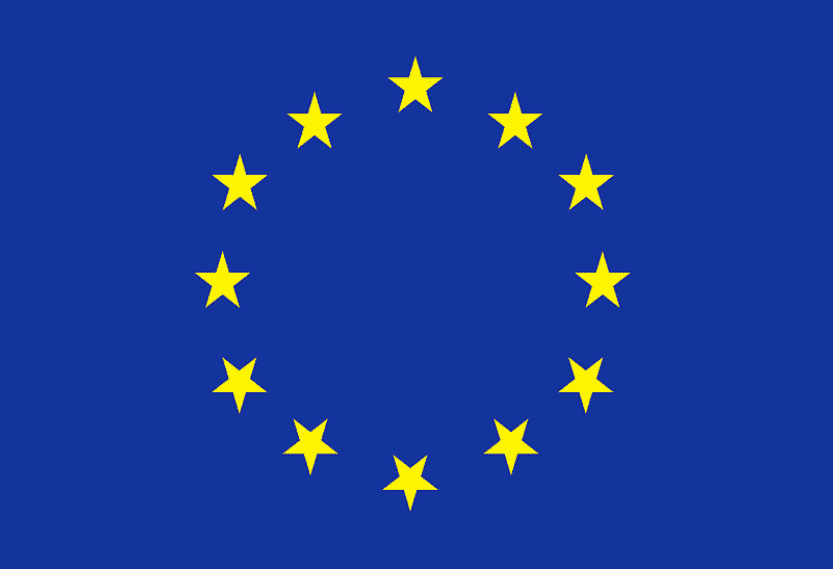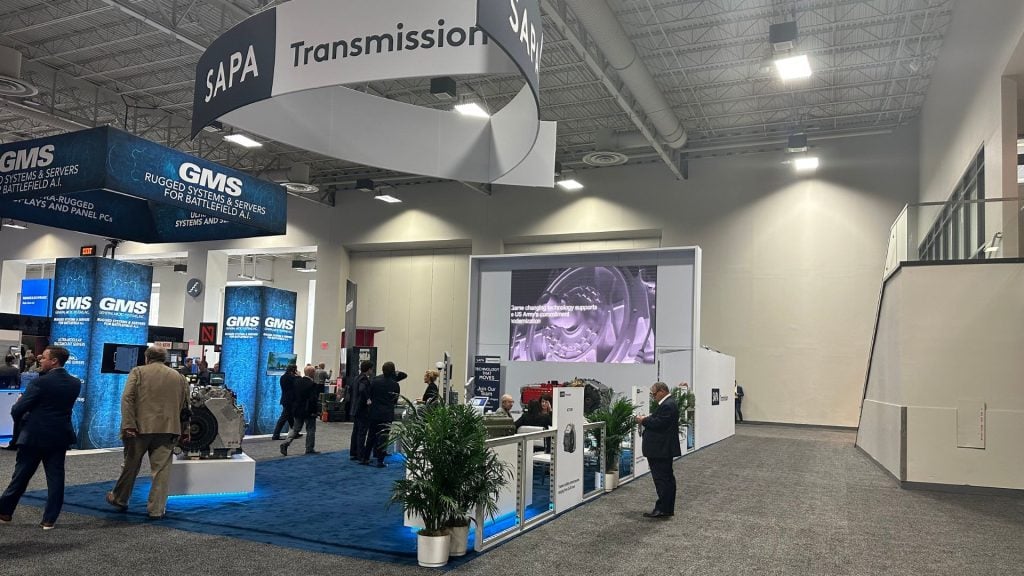
Introduction
In an era where consumers are inundated with information and stimuli, capturing attention at trade shows and exhibitions requires more than just attractive visuals and persuasive pitches.
Creating a sense of wonder through the element of surprise can make an exhibit truly memorable, drawing visitors in and leaving a lasting impression. This blog explores the pivotal role of surprise in exhibit design and offers strategies to incorporate it effectively.
1. The Psychology of Surprise
Engaging Emotions
Surprise is a powerful emotional trigger that can capture attention and create memorable experiences. When visitors encounter something unexpected, it activates their curiosity and makes them more likely to engage with the exhibit.
- Dopamine Release: The brain releases dopamine when surprised, which enhances mood and memory formation. This means visitors are more likely to remember an exhibit that surprises them.
- Attention Grabber: Surprise breaks the monotony and routine, drawing attention away from competing stimuli and toward the exhibit.
Creating Emotional Connections
Surprises can create a strong emotional connection with visitors, fostering a positive association with the brand.
- Delight and Joy: Positive surprises can evoke feelings of delight and joy, making the interaction enjoyable and memorable.
- Curiosity and Engagement: Surprises can pique curiosity, encouraging visitors to explore the exhibit further and engage more deeply with its content.
2. Strategies for Incorporating Surprise in Exhibit Design
Unexpected Elements
Introducing unexpected elements can make an exhibit stand out.
- Interactive Installations: Use interactive elements that visitors can engage with, such as touchscreens, motion sensors, or augmented reality (AR) experiences that reveal hidden content.
- Dynamic Displays: Incorporate dynamic displays that change or evolve over time, such as LED walls that respond to visitor movements or kinetic sculptures.
Storytelling with Twists
Storytelling is a powerful tool in exhibit design, and adding unexpected twists can enhance its impact.
- Revealing Moments: Design the exhibit to gradually reveal surprising elements or information. For example, a hidden message or image that becomes visible only when a certain action is taken.
- Engaging Narratives: Craft narratives that include surprising facts or stories related to the brand or product, keeping visitors intrigued and engaged.
Multi-Sensory Experiences
Engage multiple senses to create immersive and surprising experiences.
- Unexpected Sounds: Use soundscapes that change unexpectedly, such as ambient noises that transition into music or voice overs that share surprising facts.
- Tactile Surprises: Incorporate textures and materials that visitors can touch and feel, providing unexpected tactile experiences.
Personalized Interactions
Personalization can make the surprise element even more impactful.
- Custom Messages: Use technology to deliver personalized messages or experiences based on visitor data. For example, interactive kiosks that greet visitors by name and tailor content to their preferences.
- Tailored Content: Design experiences that adapt to different visitor interests, providing unique and surprising content based on their choices and interactions.
3. Practical Tips for Designers
Know Your Audience
Understanding the target audience is crucial for designing effective surprises.
- Demographics and Preferences: Research the demographics and preferences of the audience to design surprises that resonate with them.
- Cultural Sensitivity: Ensure that the surprises are culturally appropriate and sensitive to avoid unintended offense.
Balance Surprise with Clarity
While surprise is important, clarity should not be sacrificed.
- Clear Messaging: Ensure that the core message and purpose of the exhibit are still clear and understandable.
- Guided Exploration: Design the exhibit to guide visitors through the experience, ensuring they do not miss key elements due to the surprise factor.
Test and Iterate
Testing is essential to ensure that surprises have the desired effect.
- Prototype and Test: Create prototypes of the surprise elements and test them with a sample audience to gather feedback and make improvements.
- Iterate Based on Feedback: Use the feedback to refine and enhance the surprise elements, ensuring they are effective and engaging.
Conclusion
Incorporating surprise into exhibit design can create a sense of wonder that captivates and engages visitors. By understanding the psychology of surprise and implementing strategies such as unexpected elements, engaging storytelling, multi-sensory experiences, and personalized interactions, designers can create memorable and impactful exhibits.
Successful examples like the Museum of Ice Cream and Samsung at CES demonstrate the power of surprise in creating memorable experiences. By knowing the audience, balancing surprise with clarity, and continuously testing and iterating, designers can harness the power of surprise to elevate their exhibit designs and leave a lasting impression on visitors.


 Global
Global Europe
Europe

